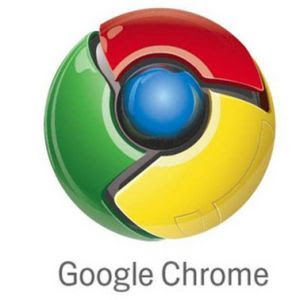ReadyBoost works with SuperFetch to store information that can be accessed quickly from the cache on startup, rather than relying on slower reading from the hard disk.
There are several requirements that your flash memory device must meet to be used as a ReadyBoost device:
- At least 256 MB in size
- Access time of <>
- Capable of 2.5 MB/s read speeds for 4 KB random reads spread uniformly across the entire device and 1.75 MB/s write speeds for 512 KB random writes spread uniformly across the device
- At least 235 MB of free space.
Assuming you meed the minimum requirements, plug your device in to a USB 2.0 port and wait for a Windows Autoplay dialog box to pop up. Select the Speed up my PC option from this menu.

You can then set the amount of space on the device that you wish to allocate to ReadyBoost (you may as well use the maximum possible, up to the 3x RAM recommendation). If your device is not compatible or is too slow, you will be informed of the reasons at this point.

Users with low amounts of system RAM (512MB - 1GB) will notice the biggest performance increase, and those with 2GB or more may only notice marginal gains.














